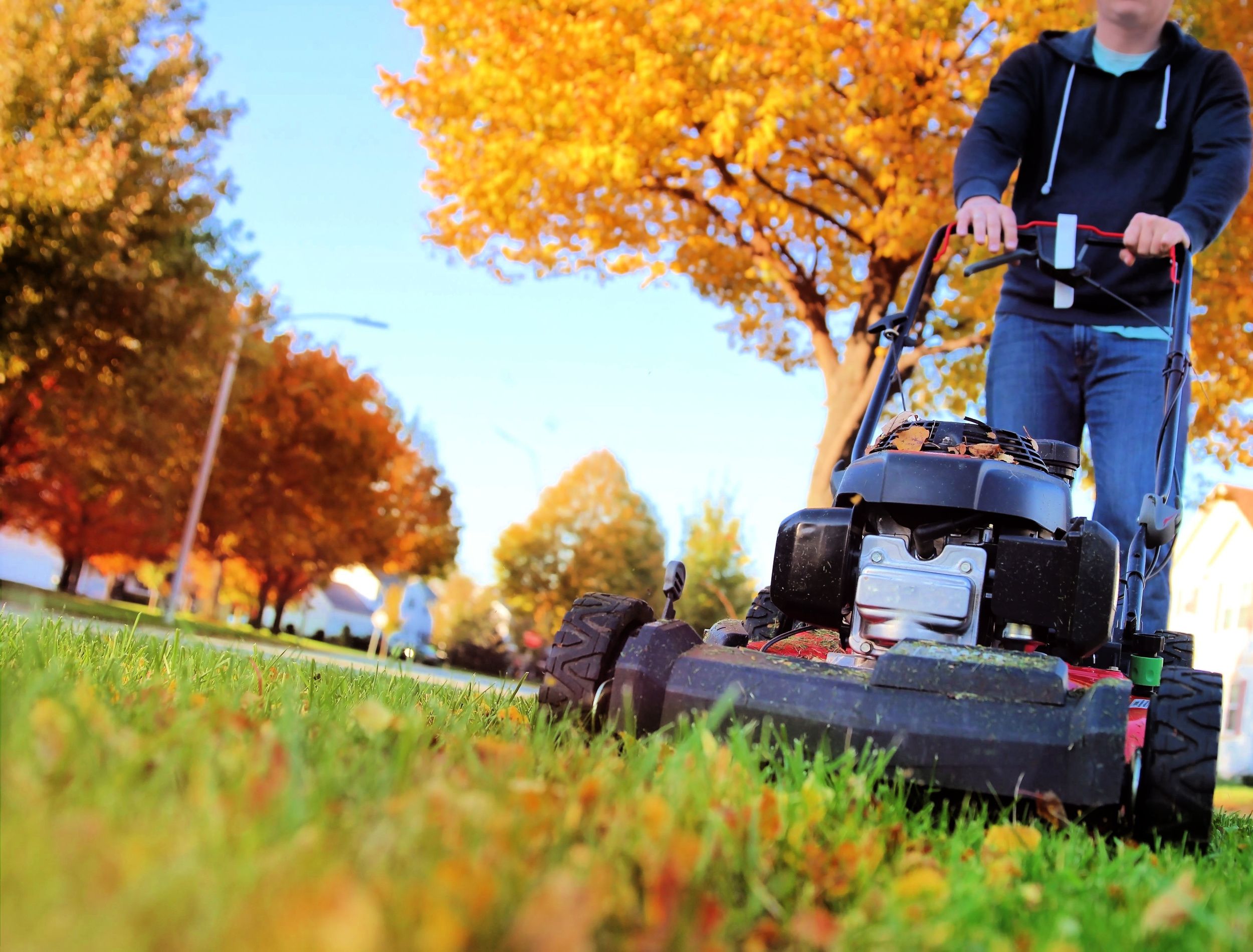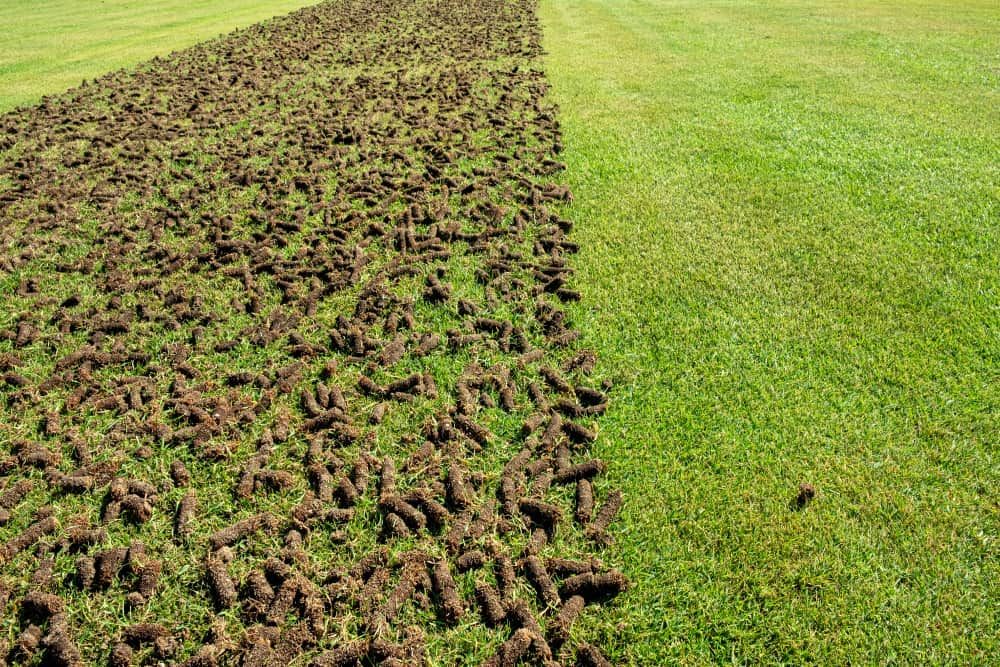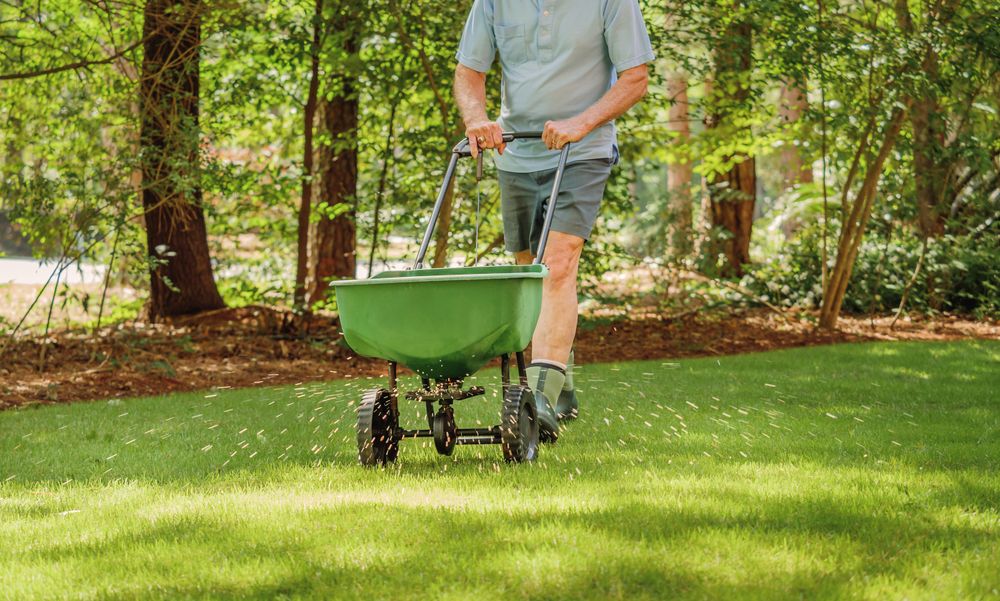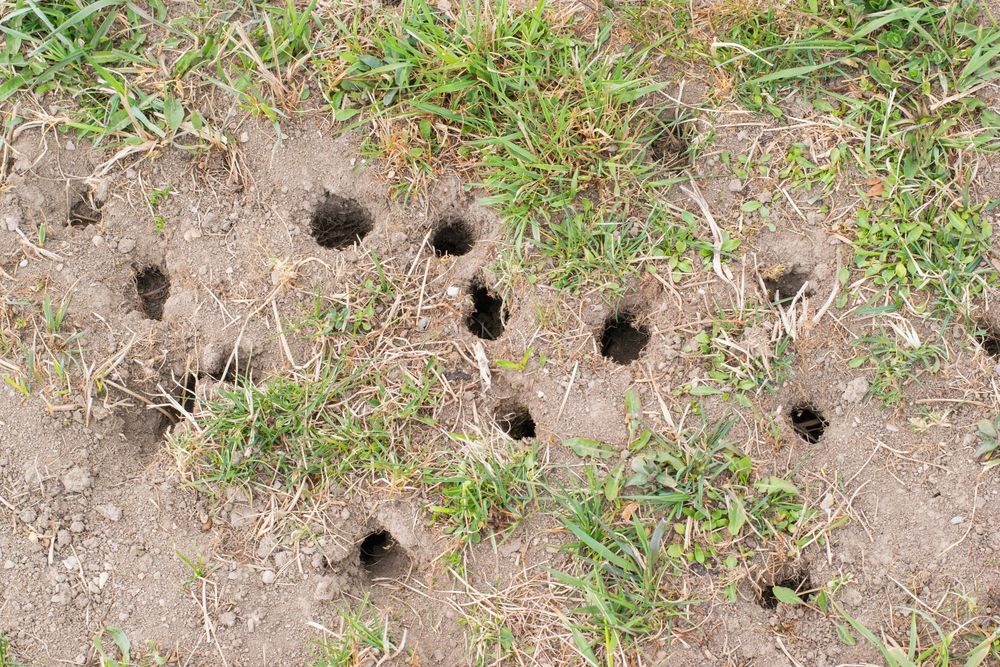It's hard to believe, but winter is right around the corner. Before you know it, the snow will be flying, and the cold weather will be upon us. Although the blistering weather is slowly making its way in, that doesn't mean your lawn has to suffer!
Lawn care is still important, even in the winter! There are plenty of things you can do now to make sure your lawn stays healthy and looks good all winter long. Check out these six tips to get your lawn ready for winter.
Removing Any Debris
Image credits: Will Paterson via Unsplash
To get your lawn prepped for the cold months ahead, you should first remove any debris scattered around your property.
Be aware of what types of yard debris you're removing as some items can be problematic in the future. It is crucial since some branches or leaves might contain fungal spores that could harm your lawn once they start decomposing in the springtime.
Raking up toys, fallen leaves, and other organic debris is also a good way to prevent your lawn from becoming suffocated. However, make sure to dispose of yard waste properly, and don't compost anything that might be diseased - instead err on the side of caution.
Mowing
Image credits: Saklakova via Shutterstock
Mowing your lawn short before winter can help to keep it looking healthy and beautiful come springtime.
One of the most important factors in mowing short right before the winter to prevent damage from mice and other burrowing animals. These creatures can quickly destroy large areas of your lawn by building nests and creating dead spots. In addition, if your lawn is left tall, these animals will be able to pull up huge amounts of grass to build their homes.
To get started, use a quality mower with sharp blades. Then, set your mower at a height of around 2 to 2.5 inches to ensure you cut the grass down enough.
Aerating
Image credit Oldboys via Shutterstock
Aerating your lawn before winter has many benefits. First, by improving the soil structure, aeration allows water and nutrients to penetrate the soil better and reach the roots of your grass more easily. This is a great trick to keep your lawn looking green and healthy throughout the year.
Another major advantage of aerating is that it reduces soil compaction. When soil becomes compacted, it can be difficult for water and air to reach the roots of your grass, leading to several problems. By aerating your lawn regularly, you can keep your grass healthy and thriving.
Just remember, aerating your lawn must be done before the first frost. If you wait too long, the ground will be too hard.
Pro Tip: After you are done aerating the soil, it's a great time to over seed as well! This will help to cover bare patches and help your yard get a head start come spring. This should be done in the fall so the grass has time to germinate before the harsh cold sets in.
Fertilizing
Image credits: The Toidi via Shutterstock
Fertilizing your lawn is another step in preparing it for the winter months ahead. Both cool and warm-season types of grasses benefit from fall fertilization. Your lawn won’t use the fertilizer in the winter, but it will in the spring once the weather starts to warm up.
There are a few key things to keep in mind when fertilizing, including selecting the right fertilizer for your specific needs and choosing the right time to apply it.
First, just like over seeding, its best to fertilize after aerating. So, plan accordingly.
To get started, choose a fertilizer rich in nitrogen, phosphorous, and potassium. These elements will help promote healthy growth in your grass and protect against weeds. The ratio should be 25 to 30 elements of nitrogen, six to 10 units of phosphorus, and eight to 12 parts of potassium.
Alternatively, you can make your own!
Avoiding Lawn Traffic
Image credits: youngvet via Canva
One of the most important things to focus on when getting your lawn ready for winter is reducing traffic on your grass. Walking or driving over it can cause damage by compacting the soil, which makes it difficult for air, water, and nutrients to reach the roots of your grass. In addition, walking on wet grass can lead to a muddy mess that will be difficult to clean up once it freezes.
Fortunately, there is a simple step you can take to reduce traffic on your lawn and keep it looking great. One of the easiest things you can do is to keep your walkways clear of snow or ice. It will allow guests to freely walk on your walkways instead of your lawn.
Checking For Lawn Critters
Image credits: Tunatura via Shutterstock
Be proactive about checking for pests such as moles, voles, and other rodents that might try to dig up your lawn during winter. Oftentimes, they're looking for food and shelter from the cold weather outside.
Use traps or other methods to control pest populations without resorting to chemical pesticides whenever possible. There are several eco-friendly options to keep wildlife out of your yard. You can even try to plant things that they won't want to munch on.
Frost Is On Its Way!
Winter is coming! Although that might sound bad news for your lawn, it doesn't have to be. There are plenty of things you can do now to make sure it stays healthy and looks good all winter long.
Check out these six tips to get your lawn ready for winter. And don't forget to share this article with your friends and leave a comment below!







